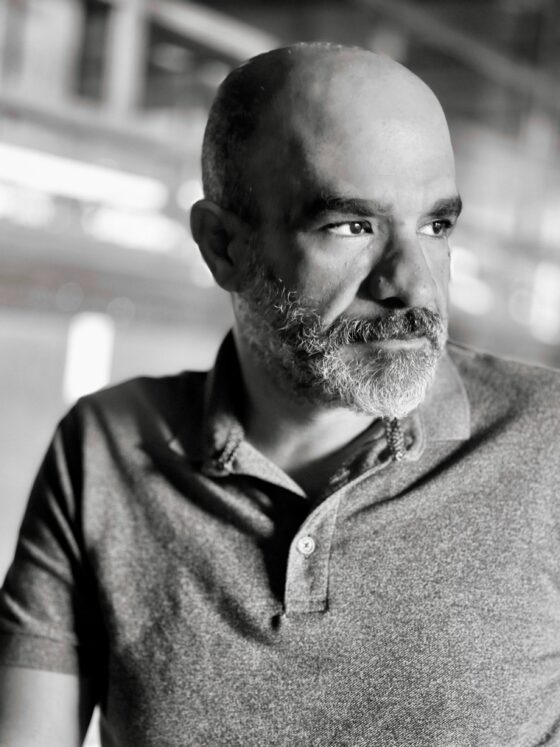Goldsmith made the further point that they, as filmmakers, felt that “what this person went through, and everyone else — the reporters and the lawyers and the senator and the congressman, and Ellsberg’s co-defendant who refused to testify — all that could show today’s audience what could be done even if it isn’t done, what is possible when people take action and take a risk.”
* * *
The New York Times immediately appealed the injunction the White House had placed on them, and the case rapidly reached the Supreme Court; within two weeks it was decided just as Goodale had predicted it would be: 6-3 that the injunctions were unconstitutional prior restraint on publication. It was a landmark victory for an extensive reading of the First Amendment: even for classified documents, the government had to meet a heavy burden of proof to stop their publication.
As to Ellsberg, his trial went a little differently. Tony Russo, a RAND Corporation colleague who had helped him copy the document and who had refused to testify against Ellsberg, was added to the indictment, along with the charge of conspiracy and eight other counts. Ellsberg and Russo were now facing a maximum sentence of 115 years. The trial began on January 3rd, 1973, and proceeded for four months, until something entirely unexpected came to light: it just so happened that Ellsberg had the good fortune of having been persecuted, at the time of the leak, by Nixon’s paranoiac White House.
Also underway at the time of Ellsberg’s trial was the investigation into Watergate — that other major news event of 1973, where it was learned that the President of the United States had ordered a burglary and then proceeded to help cover it up — and it became clear during Ellsberg’s trial that the President had ordered those same burglars to ransack the office of Ellsberg’s psychiatrist and to place illegal wiretaps on Ellsberg’s phone, in an effort to find information to discredit him with. And then to top it off, a representative of the White House met with the presiding judge, William Matthew Byrne, and asked him to consider the position of directorship of the FBI. Byrne not only rejected this bribe, he decided that the White House had so tainted its own case, a fair trial was impossible. Judge Byrne declared a mistrial, and all charges against the defendants were dropped. Ellsberg had risked everything, and in the end his trial was thrown out and he remained a free man.
* * *
So what is the point of The Most Dangerous Man in America? Yes, it tells Ellsberg’s story, largely from his own point of view. But it is a deeply moving story that, as Goldsmith put it to me, “was almost waiting to be told.” It shows how one man could simply no longer ignore his conscience, and ignore his own responsibility in helping to bring about and sustain an unjust war, and who was moved to act on his conscience, and by that act perhaps helped to change history a little.
But if you don’t find his story inspiring, perhaps you may find it a powerful reproach, as all exemplary stories about people of extraordinary character have the power to be. In the opening sequence, Ellsberg is talking to the press on the courthouse steps, and he is asked why he did it. His response is to ask, “Wouldn’t you go to prison to help end this war?”
On one level it is a ridiculous rhetorical question. Ellsberg directed it to a reporter who was probably a man very much like myself, a man with a comfortable life, one that probably included people like a beautiful spouse and a hair stylist and a violin teacher and colleagues he respected and many cherished friends, and for that reporter the answer would likely have been absolutely not; just as it would be for myself, for whom our wars are a distant thing that happens to other people, whose antiwar activities have been confined to private feelings of disapproval, a couple donations to activist groups, and hard words published here and there, in venues that are little read. Few of us are heroes. For most of us, it’s heroic enough to make the rent every month.
But Ellsberg was also directing that question to those few who might hear him, who would also be willing and able to risk everything in hopes of ending an unjust, illegal, unwinnable war or two, and to put an end to all the bloodshed and destruction they entail. As Randy Kehler had done for him, he hoped to do for others: to be an inspiration to act from principle, for those who can make a difference by so doing. Would you go to prison to help end these wars? Well, would you?




